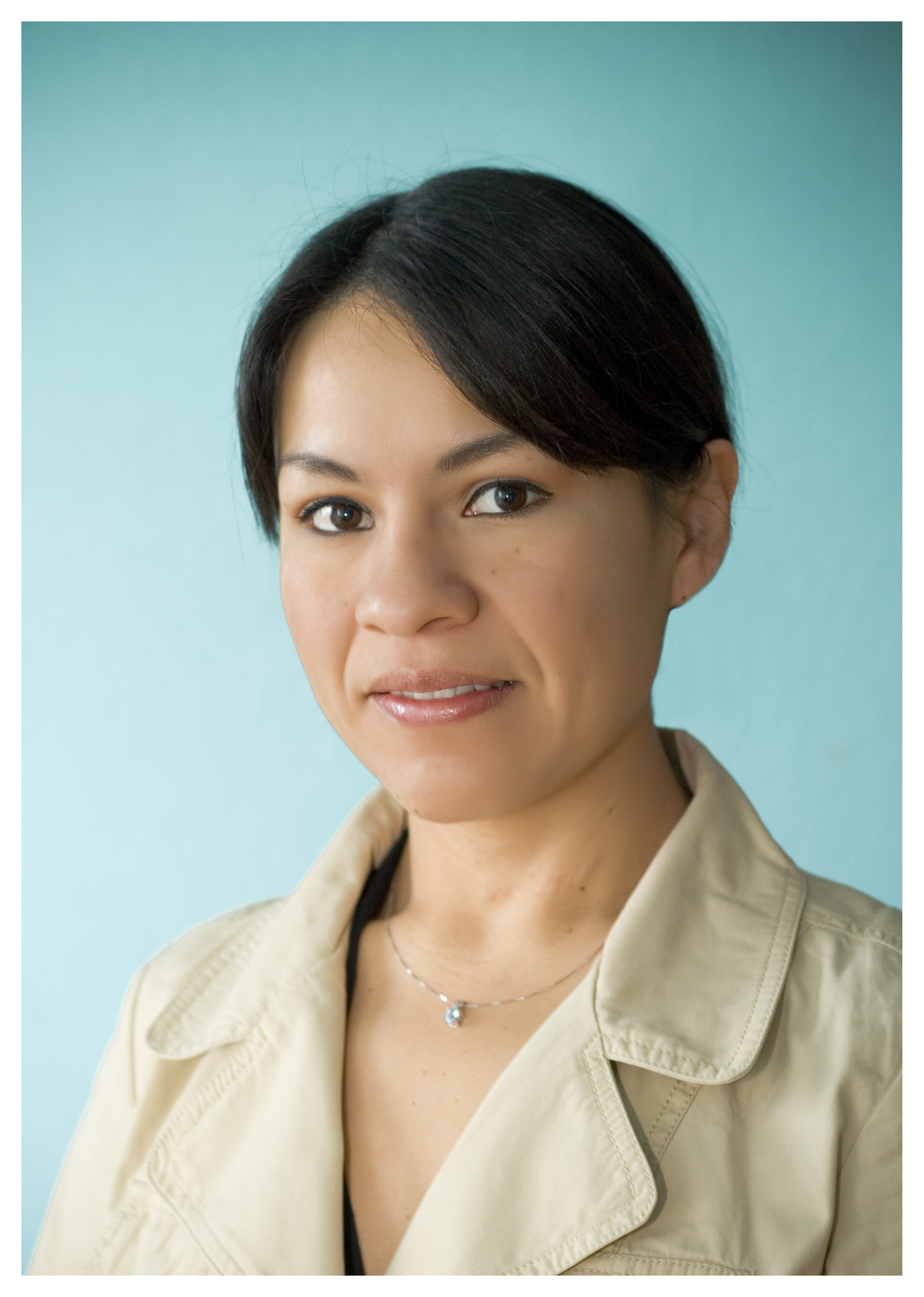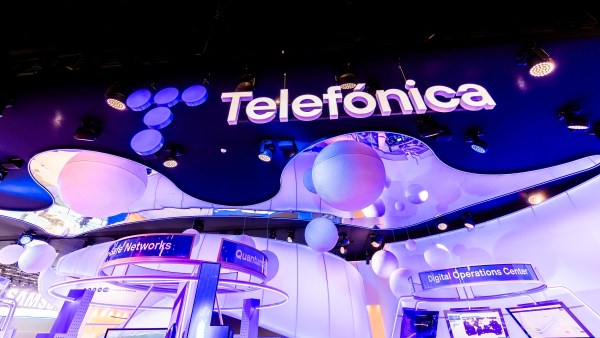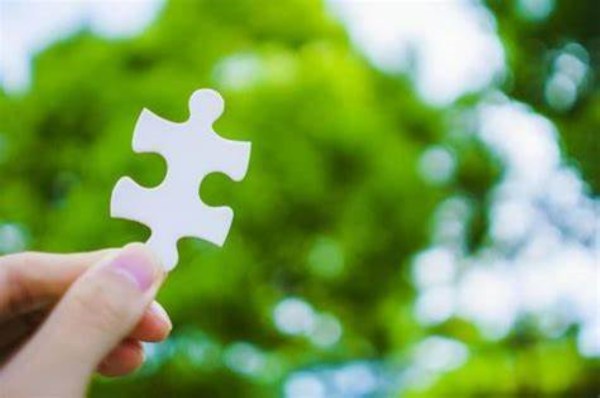 Carola Balbuena/ @cbscarola
Carola Balbuena/ @cbscarola
Regulatory Affairs and Public Policy Manager of Telefónica

The Brookings Institution hosted an event entitled “How the Internet of Things is transforming the global economy” on the anniversary of the film Back to the Future Part II – where Michael J. Fox, better known as his character Marty McFly, went back to the future on October 21, 2015 to find out (among other things) that he could videoconference on his “smart” TV. Darrell M.West Vice President and Director, Governance Studies at Brookings recalled this very fact, while inviting the audience to realize that some of the technologies that were depicted in that move have become available today. However, on a more serious note, this event touched upon the economic and social opportunities of the Internet of Things (IoT), as well as the risks embedded in these new technologies. Panelists featured in this interesting discussion included Glenn Lurie of AT&T Mobility, Meredith Attwell Baker of CTIA-The Wireless Association, and CTI Non-resident Senior Fellow John Villasenor.
I would like to start this post by defining the concept of the IoT. Telefonica’s new whitepaper, “the response of the CSPs to the IoT burst,” argues that “today the concept of the IoT has superseded m2m to include any device which is able to connect on its own to the internet by means of either traditional networks, proprietary radio frequency solutions or using any of the new access technologies that are rapidly emerging.” In the IoT era, “a device that is not connected is dumb, while a device that is connected is smart, and the future is that devices will be smart enough to help you make your life better,” Glenn Lurie said. In other words, the role that industry plays is to make things smart to improve people’s lives.
Meredith Baker provided the big picture by citing the astonishing economic growth that the IoT is expected to bring. In a post I wrote back in 2013, I mentioned a study conducted by McKenzie Global Institute that predicted that the IoT will generate revenues between $2.7 trillion to $ 6.2 trillion annually by 2025. This projection has already been updated in a new study “the Internet of things: mapping the value beyond the hype,” released in June 2015 by this institute. Also, Cisco estimates that Internet of Everything (IoE) will create $14.4 trillion in private-sector profits, between 2013 and 2022.
But, the economic impact will be also accompanied by enormous social benefits, Baker said. In addition to connecting mundane appliances and other consumer electronics, the social impact of the IoT will be felt in areas such as health, education, public safety, and energy. Data Analytics is another area of opportunity, which so far has experienced great benefits by collecting data with traditional devices, and as John Villasenor pointed out the data that is going to come from the IoT will absolutely staggering.
As IoT has arisen in the manufacturing, healthcare, defense sectors to name a few, where many different players are involved, security and privacy have been at the center of the debate for policy makers, regulators and academics. Villasenor picked up on this, by warning about the rush of industry to increase connectivity, while neglecting to pay attention to cybersecurity. “Cybersecurity is going to be an absolutely central portion for getting the benefits of IoT,” he said. Villasenor cited the recent test on a Jeep Cherokee that two hackers performed by disrupting not only the entertainment system of the car, but most importantly by cutting the car’s transmission (and disabling the breaks). Privacy in the IoT has also been put on the spot light. Just this year the Electronic Privacy Information Center (EPIC) filed a complaint before the Federal Trade Commission against Samsung Electronics, Ltd. arguing that the company’s televisions routinely intercept and record private conversations of consumers. It is an understatement to say that private sector and regulators are trying to figuring out ways to respond to privacy and security challenges. For instance, FTC Chairwoman Edith Ramirez said “the difficulties will be exponentially greater with the advent of the IoT, as the boundaries between the virtual and physical worlds disappear.”
In addition to security and privacy challenges, there are other elements that ought to be considered to unlock the benefits of the IoT. Lurie and Baker named some of them:spectrum, efficiencies, infrastructure, and light-touch regulation as well as regulatory harmonization (global and local).
As a caveat, Lurie explained there is a lot of speculation surrounding 5G; however, the standards around this technology are not set yet. He suggested that the IoT is being considered in the 5G standard together with the concept of low-power, low-usage, and low-latency. Baker echoed this, by adding “there is a lot of gas left in 4G”. As recently as September 17, during a meeting that took place in Phoenix, Arizona the 3rd Generation Partnership Project (3GPP)’s Radio Access Network Working Group pushed to standardize Narrowband-IoT (NB-IoT), a new narrowband radio technology designed for the IoT. In a blog post, 3GPP explains, that this new LTE standard “will provide improved indoor coverage, support for massive number of law throughput devices, law delay sensitivity, ultra-law device cost, law device power consumption and optimized network architecture.”
In conclusion, if we would be able to travel Back to the Future 10 year from now, our best guess would be to see the IoT continuing its way to becoming the next economic and social revolution in human history. However, we do not need to go Back to the Future to recognize that the path to get there is not going to be an easy one, and it needs to be balanced by industry willingness to invest in these technologies while finding innovative solutions to unlock the technical challenges of the IoT, as well as, cooperation from the public sector to explore the idea of “permissionless innovation.”













